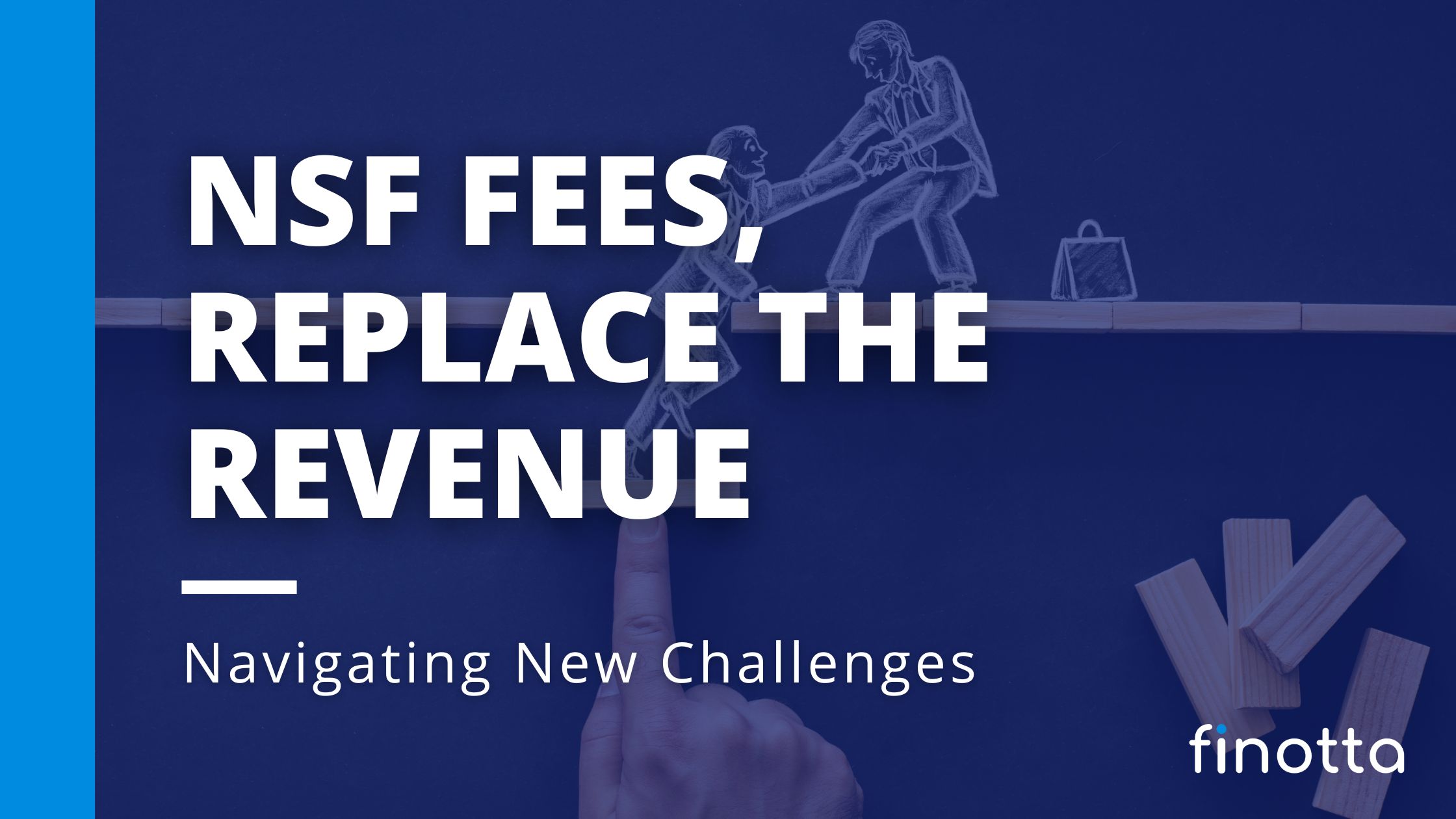Finotta
Apr 27
6 min read

